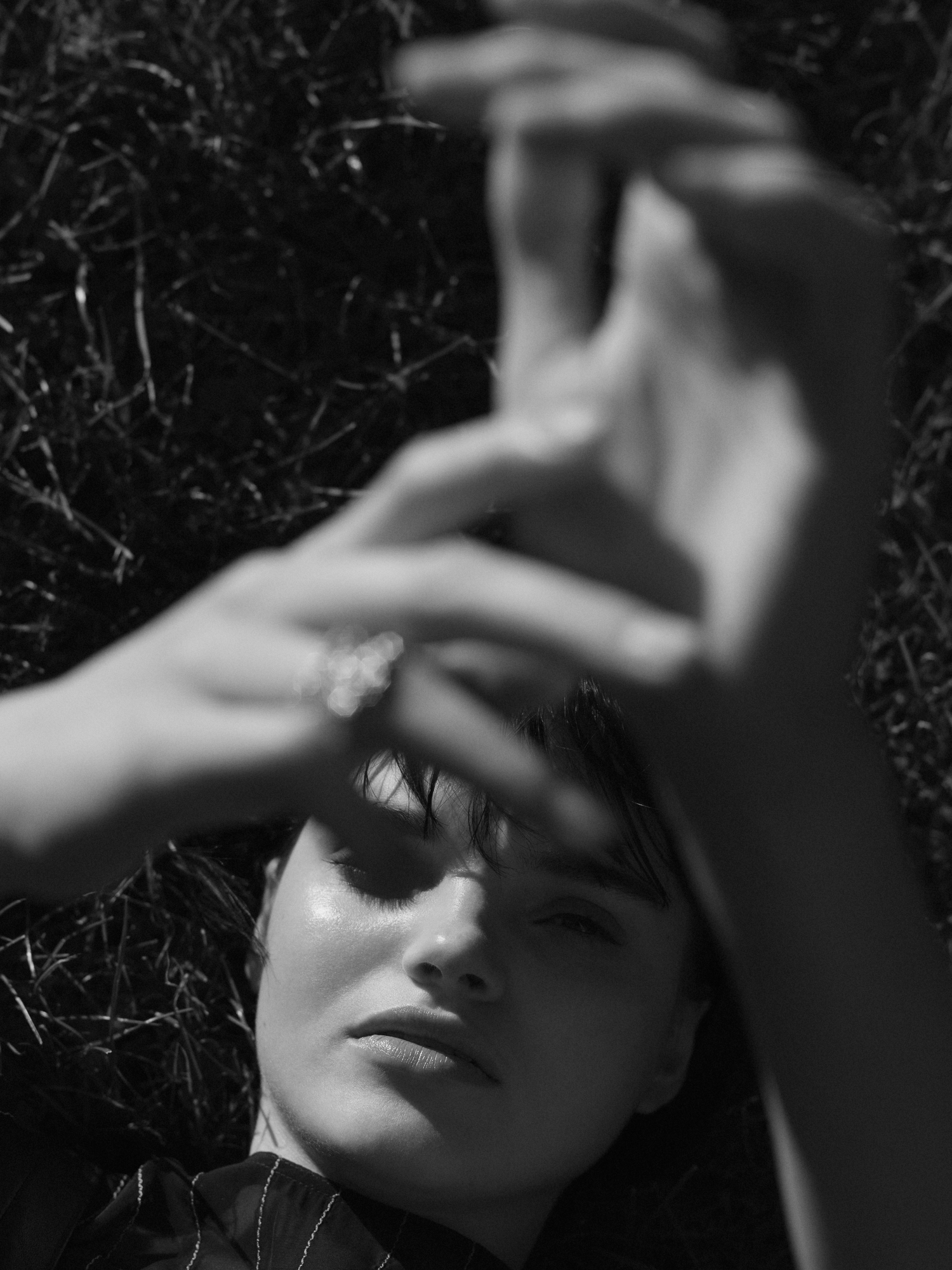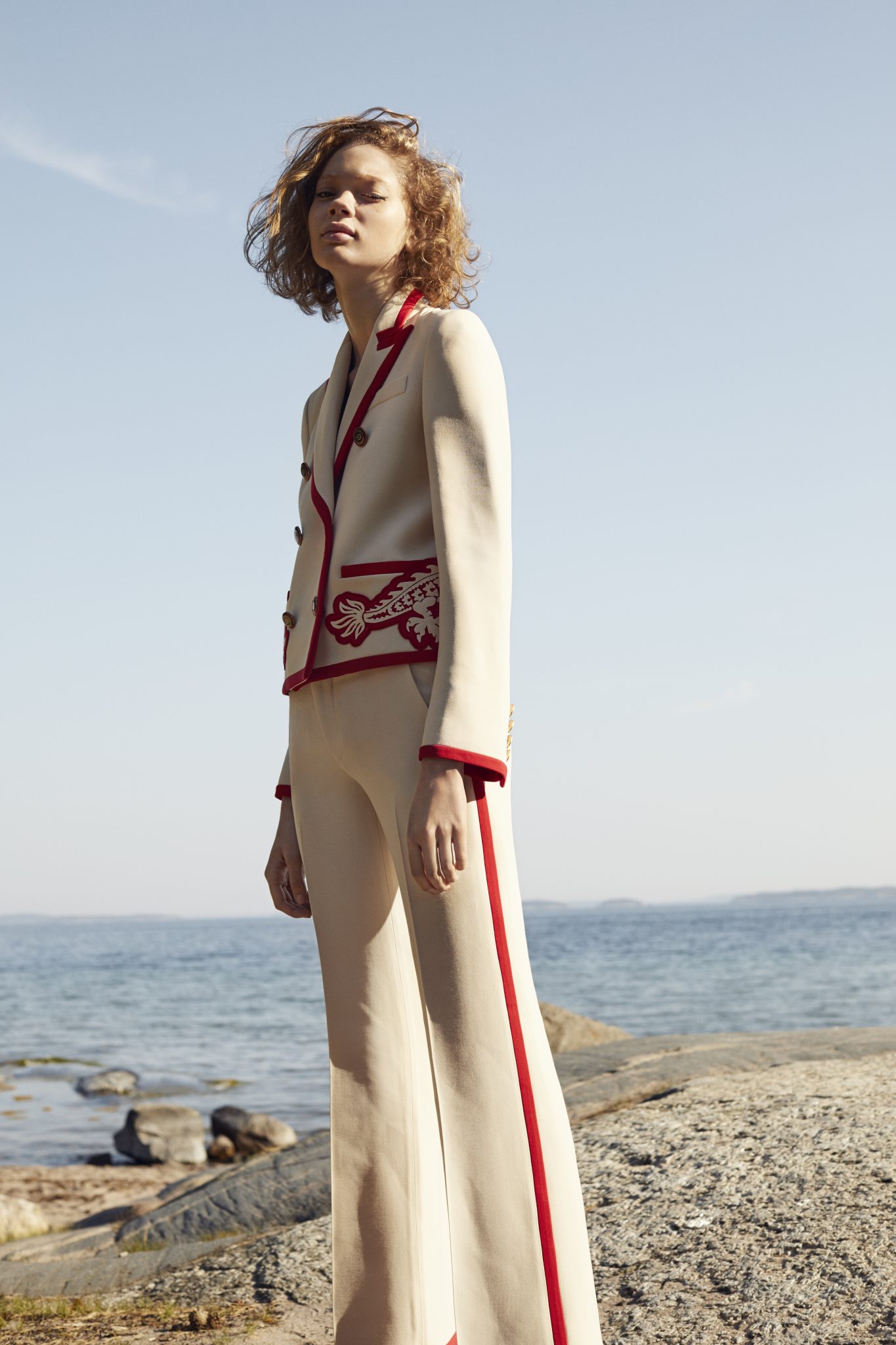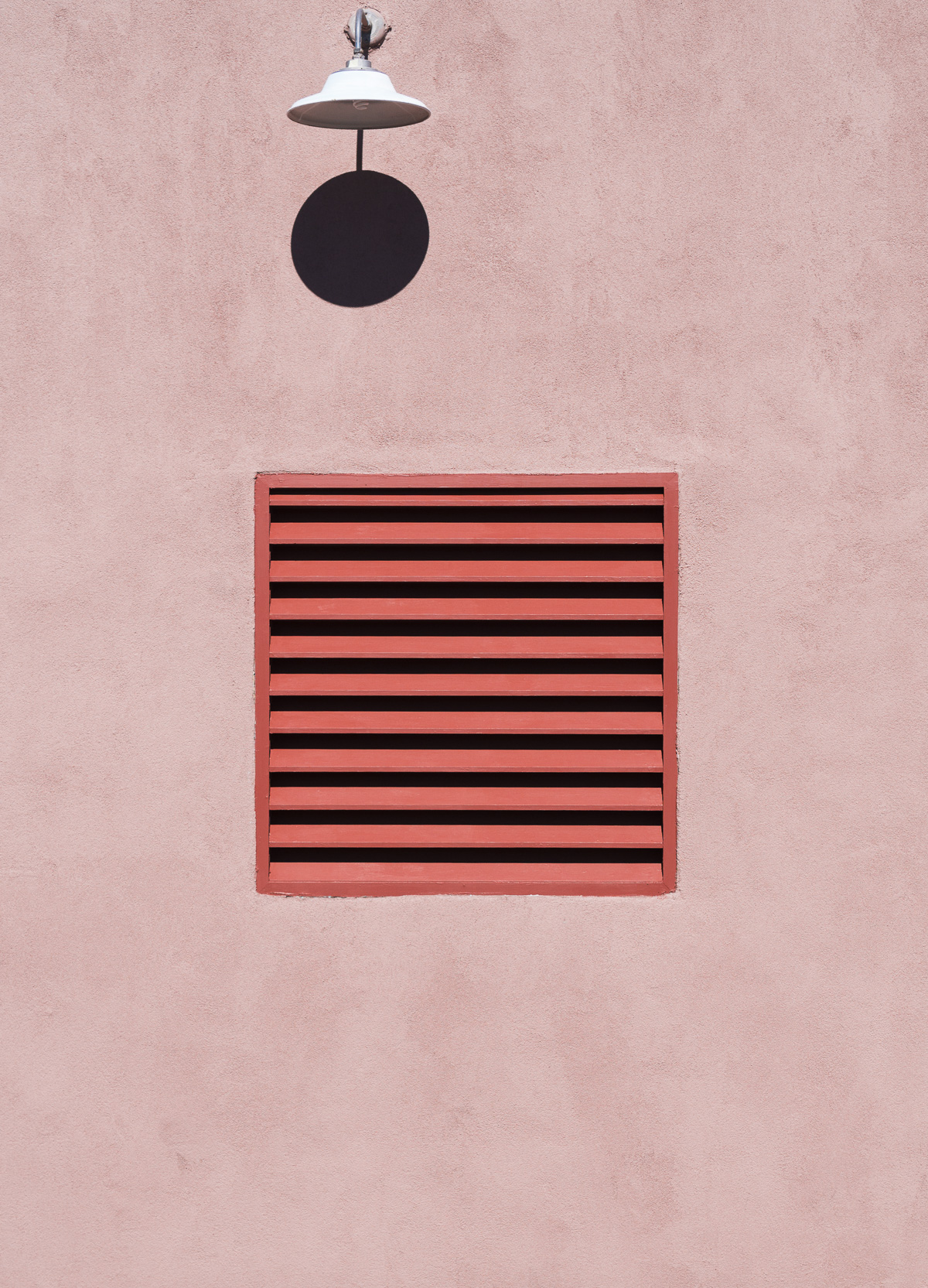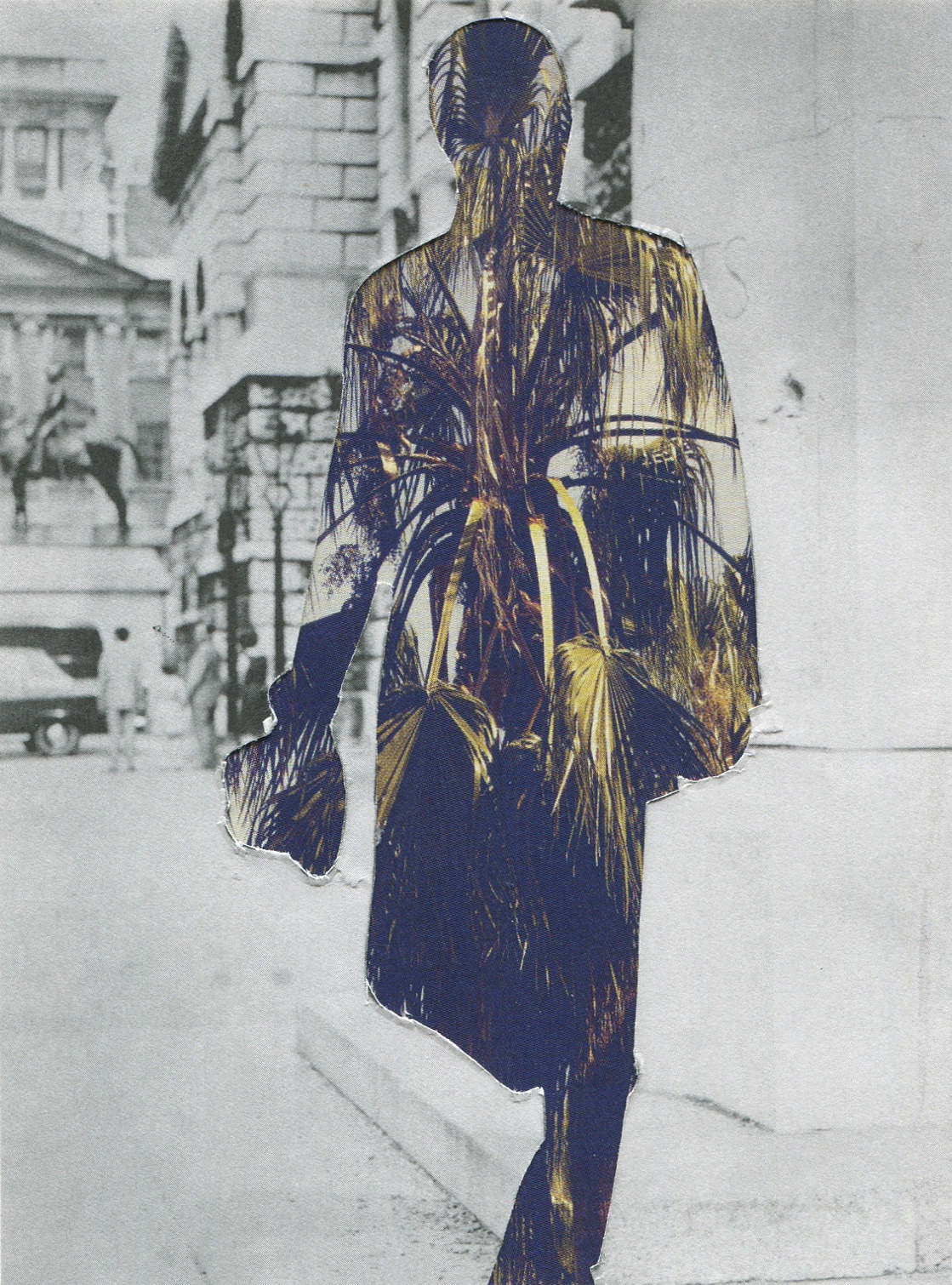 We have all had that moment, the moment you look in the mirror and feel a sense of dissatisfaction with what you see, or when you find yourself comparing your legs and stomach to that swimwear model who just popped up on your Instagram feed. Imagine the psychological implications this has on us and what it does for our self-esteem. On top of shooting fashion editorials for the likes of Boys by Girls and i-D magazine, Sophie Mayanne has spent the last year working on the photographic project ‘Behind the Scars’. This project acknowledges the damaging flaw mainstream media has on our sense of body image. Mayanne kindly took the time to speak to Jungle about the series, during which she explained it’s natural progression and how it came to fruition;
We have all had that moment, the moment you look in the mirror and feel a sense of dissatisfaction with what you see, or when you find yourself comparing your legs and stomach to that swimwear model who just popped up on your Instagram feed. Imagine the psychological implications this has on us and what it does for our self-esteem. On top of shooting fashion editorials for the likes of Boys by Girls and i-D magazine, Sophie Mayanne has spent the last year working on the photographic project ‘Behind the Scars’. This project acknowledges the damaging flaw mainstream media has on our sense of body image. Mayanne kindly took the time to speak to Jungle about the series, during which she explained it’s natural progression and how it came to fruition;
“The Behind the Scars started out as an editorial for Petrie Inventory in August 2016. It was more geared as a fashion editorial and styled accordingly, as was the next shoot, for Boys by Girls. I started working on it as a personal project in April this year with a slightly different approach – more natural, more real.”
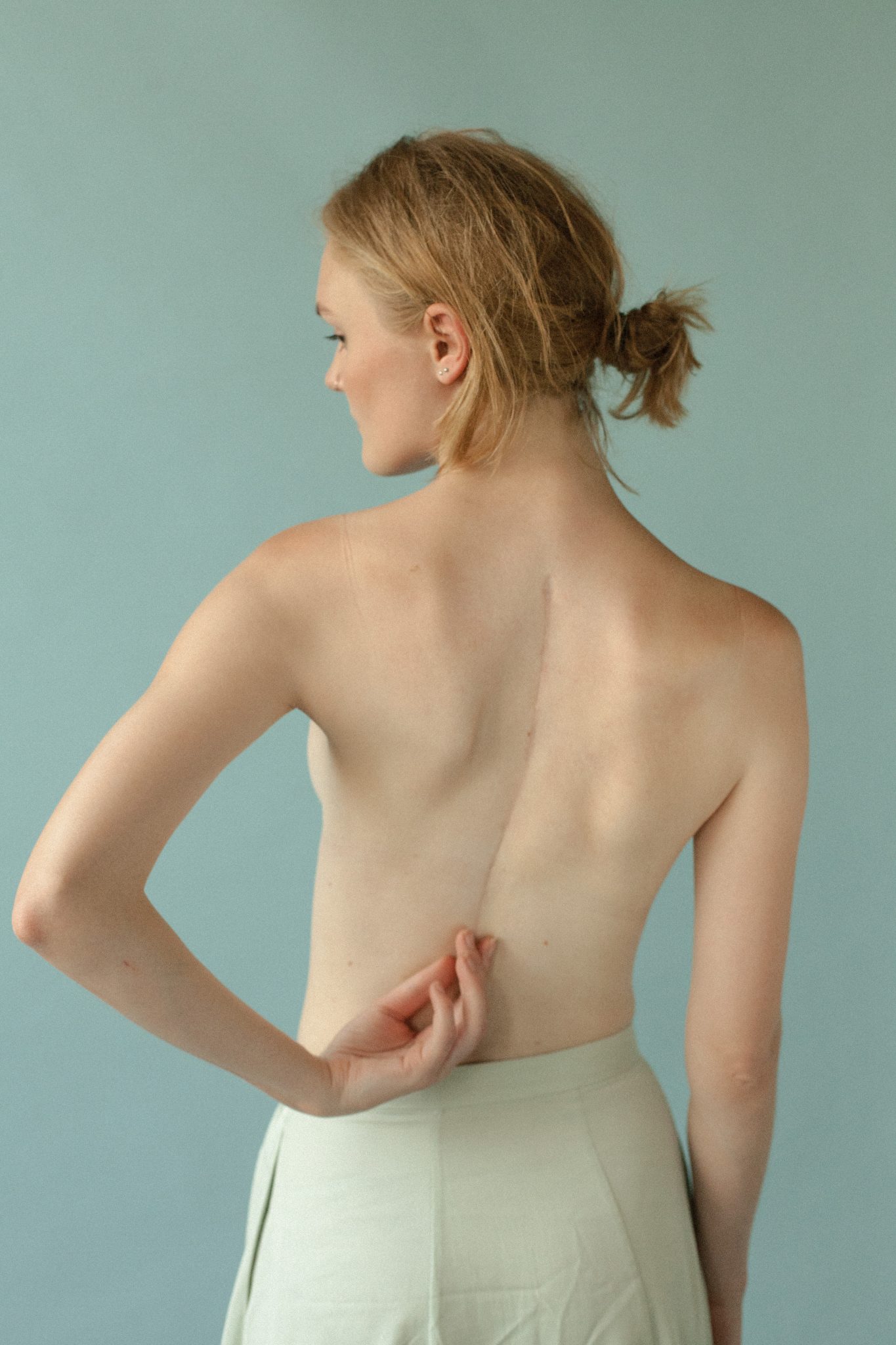
Through the series, Mayanne celebrates the parts of us that are often unappreciated, as they go against what is deemed ‘conventional beauty’. Scars, as Mayanne points out, are an important part of our history; they add to our character and set us apart from one another. Scars map out specific landmarks in our personal history, be them good, bad, funny or sad;
“I’ve always been fascinated by what makes us different from each other, especially the really unusual things. My interest in scars stemmed from this. Every scar has a story, a history, behind it. For me, the understanding of where the scar came from and the story of how it was formed is just as important as the image itself.”

‘Behind the Scars’ presents a visual documentation of each of her subjects journeys, allowing them a space to discuss their scars; how they got them and how they make them feel with regards to body image and confidence. For many, this series has given the individuals an opportunity to face their ‘imperfections’ and observe them in a different light; “Scars is a celebration of beauty, of its flaws, of battles won and obstacles overcome. It is an honest and raw depiction of our history shown through our scars; they do not define us but compel us.”
Ashleigh’s story of overcoming her battles with self-harm is exemplary of the strength each individual in the series signifies through their participation in the project:
“I’ve struggled with self-harm since I was 8. For as long as I can remember, my emotions have been very intense, this is one of the ways I learnt to cope. I have been stuck with wearing long sleeves regardless of weather. The appearance of my arms is one of my biggest secrets. Learning to embrace my scars and accept them as part of me is a major step. I also feel that hiding them away perpetuates the feeling of guilt/shame.”

Likewise, Isabella’s story perpetuates messages of the strength one must have to embrace self-love when the body is faced with life changing visual implications. In the summer of 2015, Isabella was in a house fire, “my clothes and way of life up in flames. I spent my summer in a burns unit on the Fulham Road. My scars and scar tissue continue to change, but I have never felt more beautiful.”
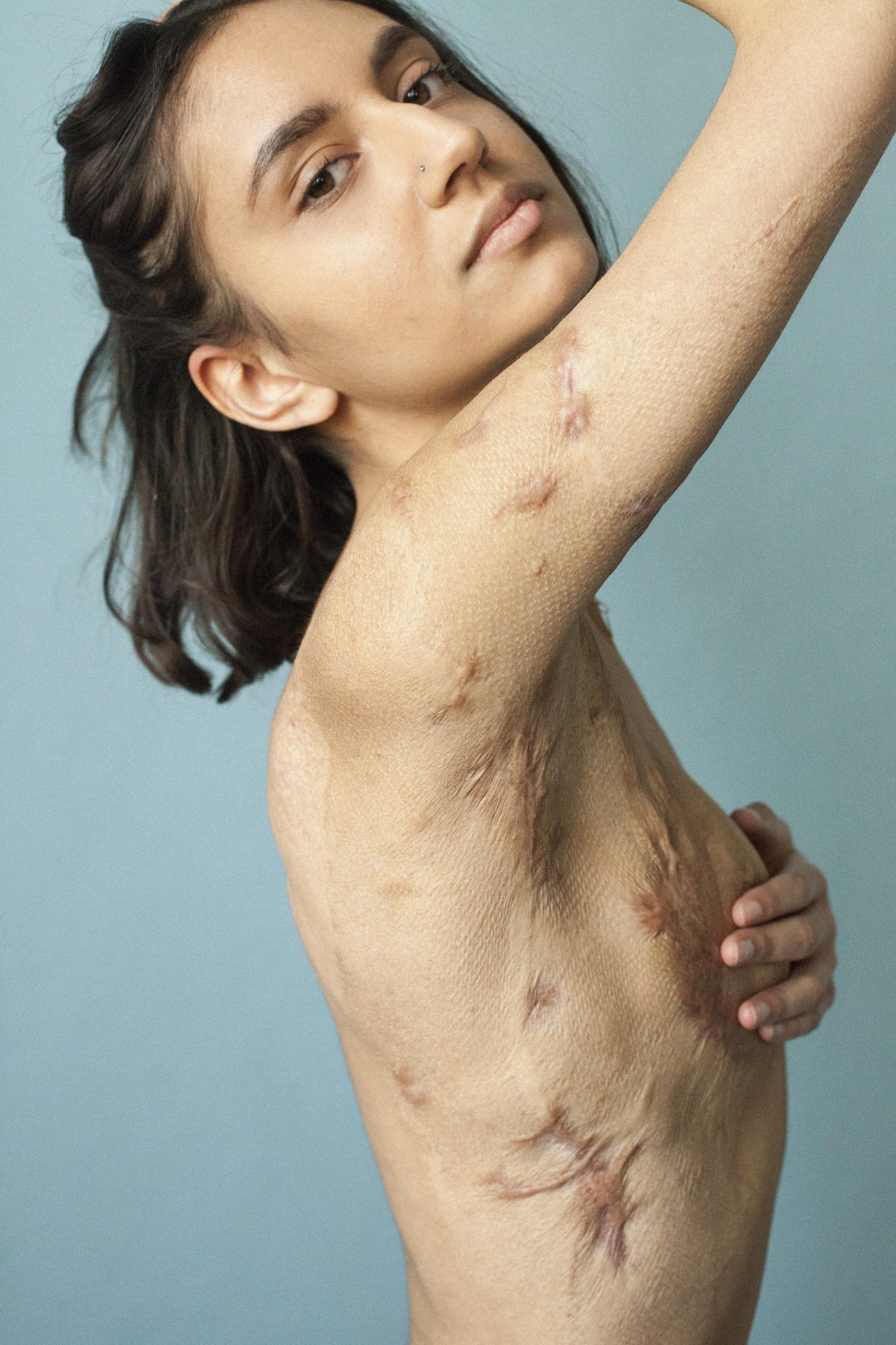 Mayanne’s images focus solely on her subjects; she often uses neutral and soft colours or black and white photographs to invite the viewer to each subject. Every image is raw and honest as it depicts the realities one faces when the body is either intentionally or unintentionally adjusted. This is especially true in an age where there is such social pressure to conform to the ‘norm’. ‘Behind the Scars’ promotes self-love. It is promising to see photographers such as Mayanne embracing the complexity of beauty and advocating the idea that it is subjective, rather than objective;
Mayanne’s images focus solely on her subjects; she often uses neutral and soft colours or black and white photographs to invite the viewer to each subject. Every image is raw and honest as it depicts the realities one faces when the body is either intentionally or unintentionally adjusted. This is especially true in an age where there is such social pressure to conform to the ‘norm’. ‘Behind the Scars’ promotes self-love. It is promising to see photographers such as Mayanne embracing the complexity of beauty and advocating the idea that it is subjective, rather than objective;
“The more we are told what beauty is, the more we need to learn to accept that there are differences in beauty and everybody is unique and beautiful in their own way. Beauty is not definable. It’s more complex than that, more personal. No two opinions are ever the same.”
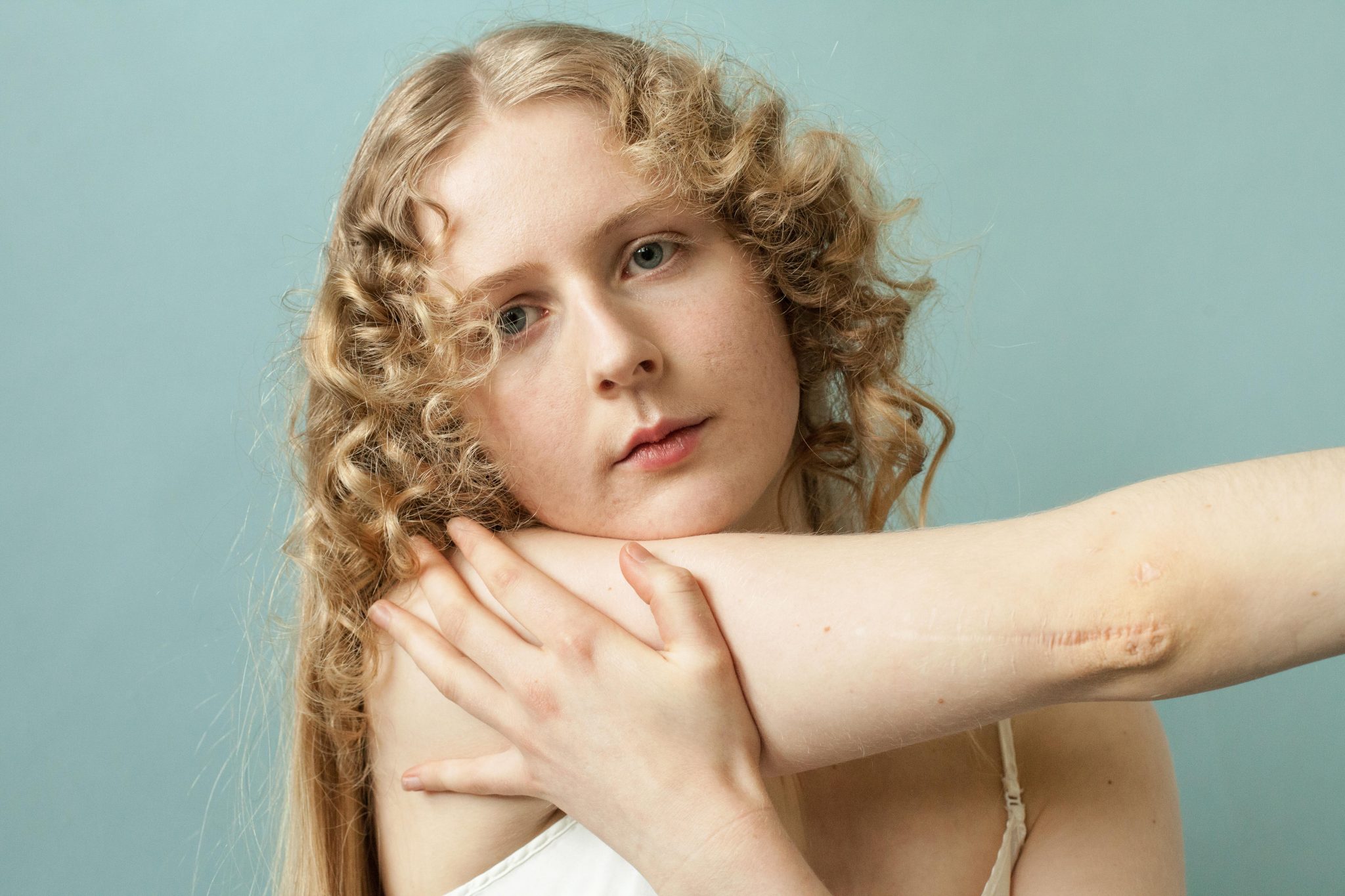
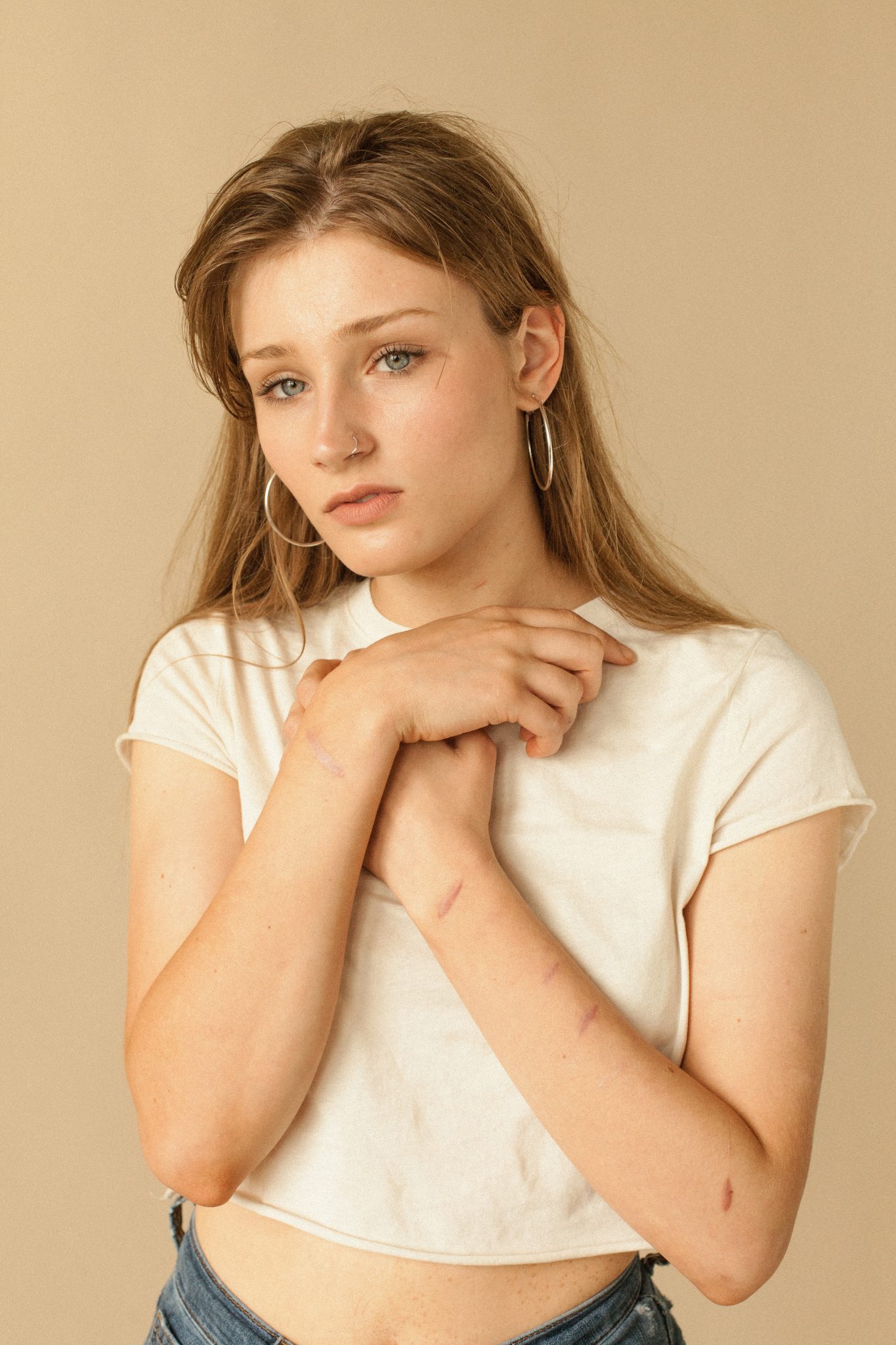
See more of Mayanne’s work here.
Photographer: Sophie Mayanne
Words: Lara Monro
Editor: Emma Bourne
